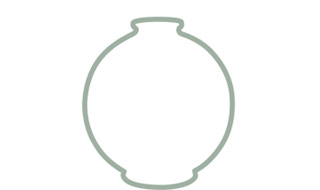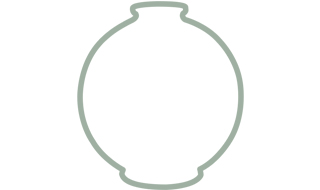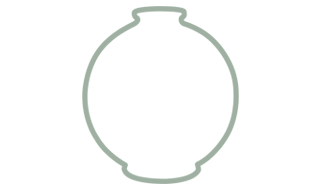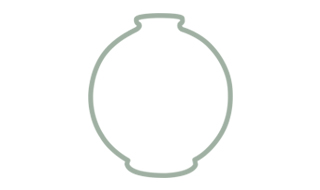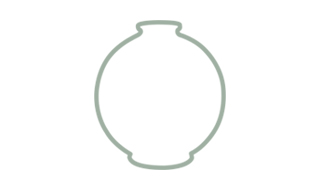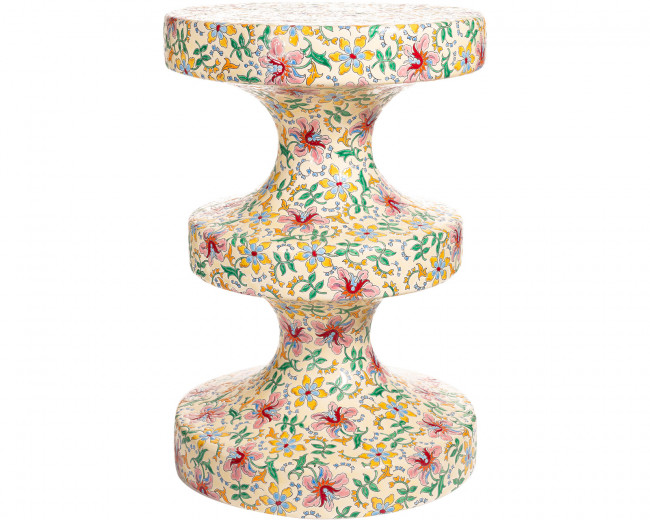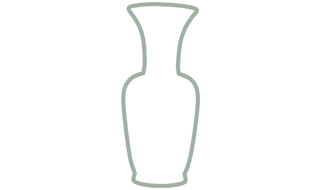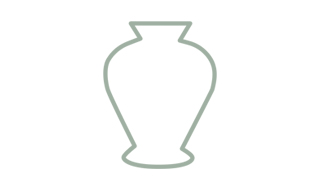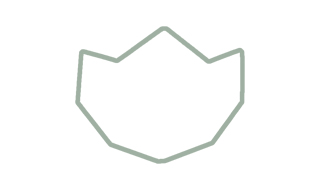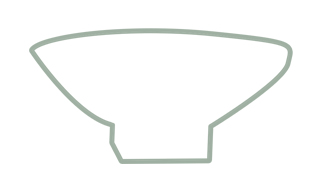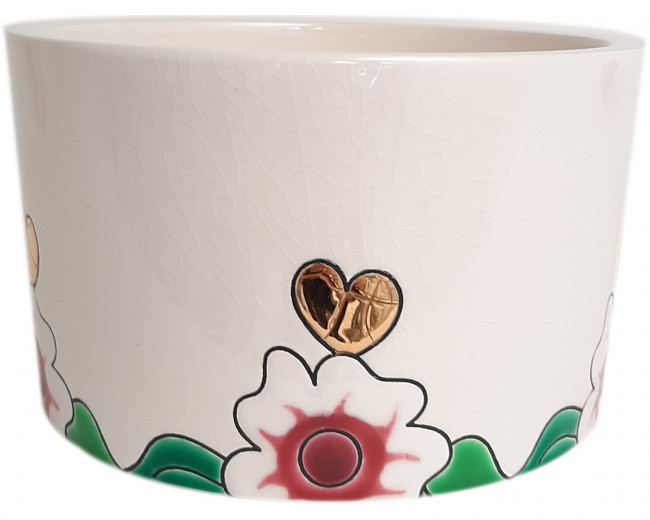Famous for its powerful influence on the ceramics industry, the Boch family was behind the founding of the Faïencerie de Longwy in 1798 in a former convent.
Its production gained in renown after the visit of the Emperor Napoleon I, who ordered tableware from Longwy for the Imperial Houses of the Legion of Honour. In 1835, the d'Huart family became the owners of the pottery and made it prosper throughout the 19th century.
Around 1870, at the height of the Orientalist era and to counter the growing imports from Japan and China, the director of the Mikado factories, the Italian Amédée de Carenza, was brought to Longwy and brought with him his own exclusive ideas: taking as his model the metallic enamels found in China and Japan, de Carenza imagined their ceramic equivalent: the first Longwy enamels were born and their fame would grow.
At the same time, the earthenware factory continued to produce "customary" earthenware with flower and bird motifs.
Around 1918, the Art Deco style, through the collaboration with Printemps-Primavera, marked a fruitful period, culminating in the participation in the 1925 Decorative Arts exhibition. This style then slowly fell out of fashion and disappeared at the end of the 1930s.
After a period of dormancy, the faience industry has worked over the last twenty years on a profound renewal of forms and decorations. Relationships have been established with many contemporary artists and designers, bringing new life to this venerable company.
For more than a century, Longwy has held the exclusive right to produce cloisonné enamels on earthenware. All the pieces produced by our company bear the historical stamp and are accompanied by a certificate of origin. The faience factory began its third century of existence in 1998.
In 2015, the history of the Manufacture continues thanks to the Emblem Group. The ambition is to preserve the know-how, to renew the creation and to reconquer the international markets.









